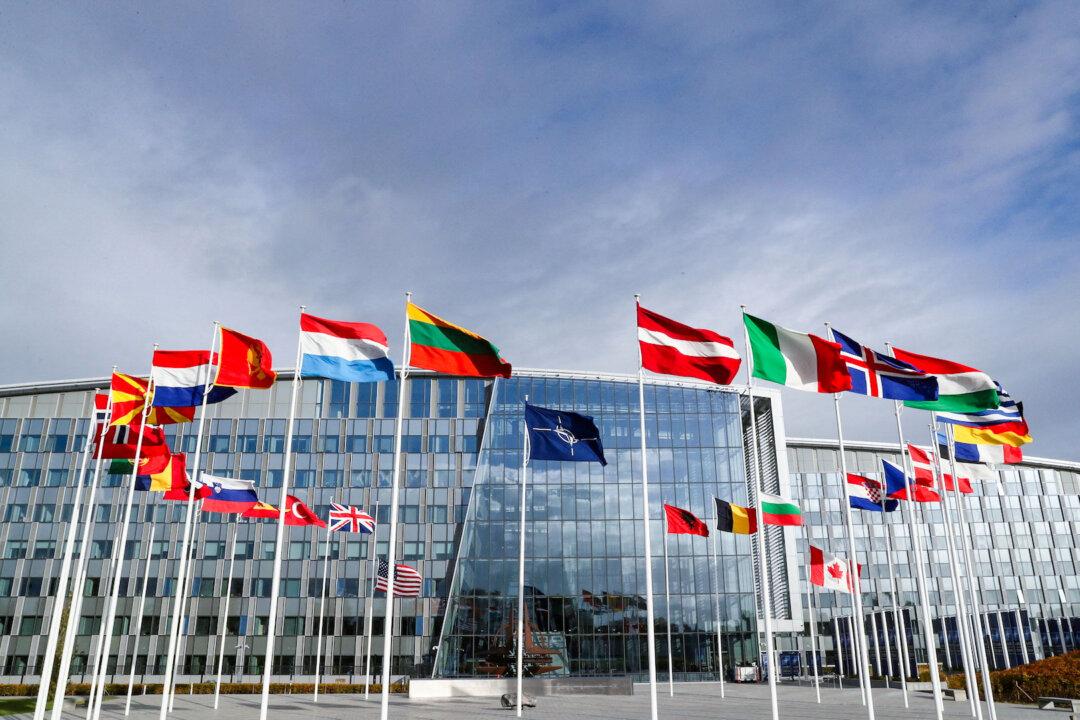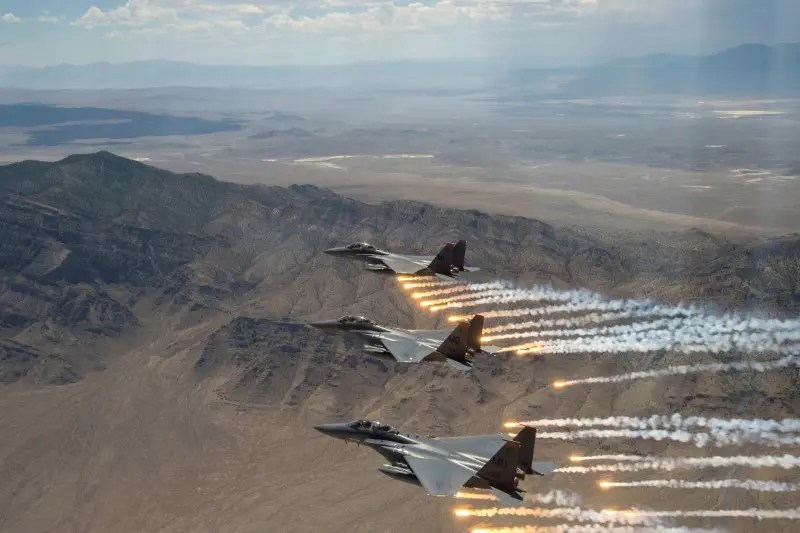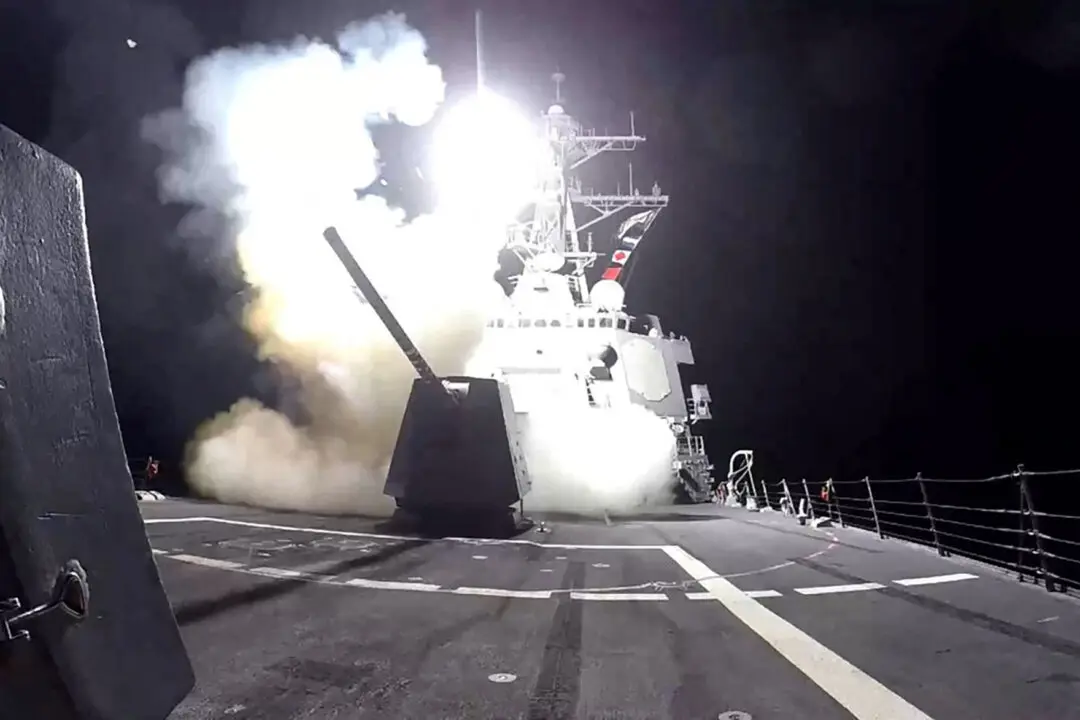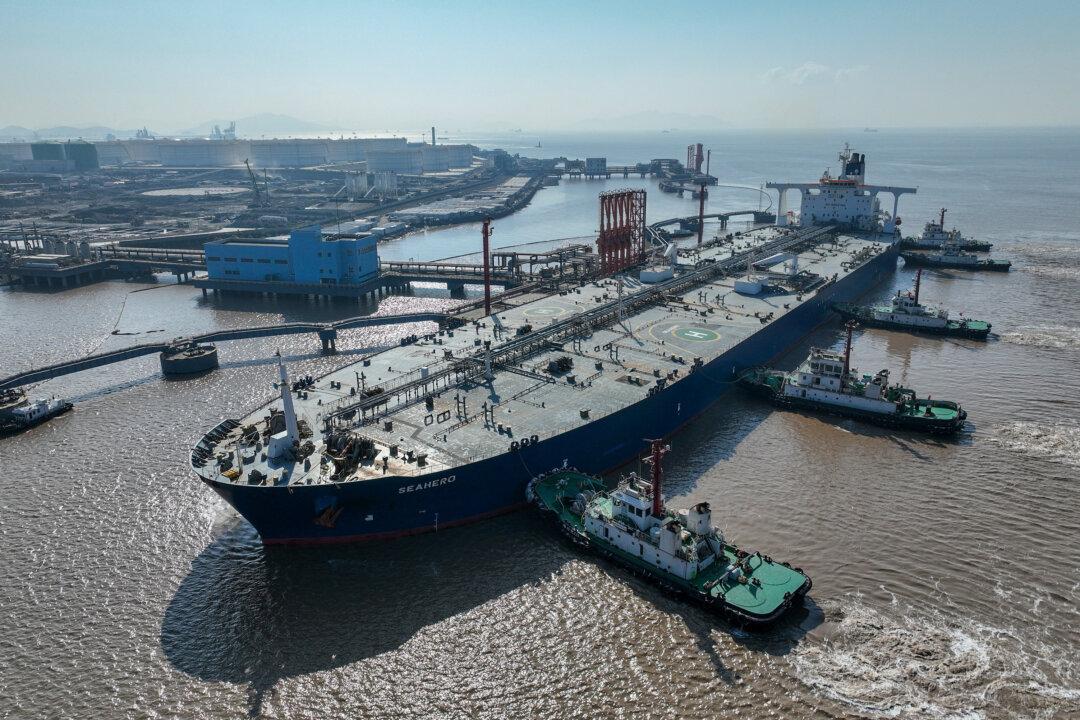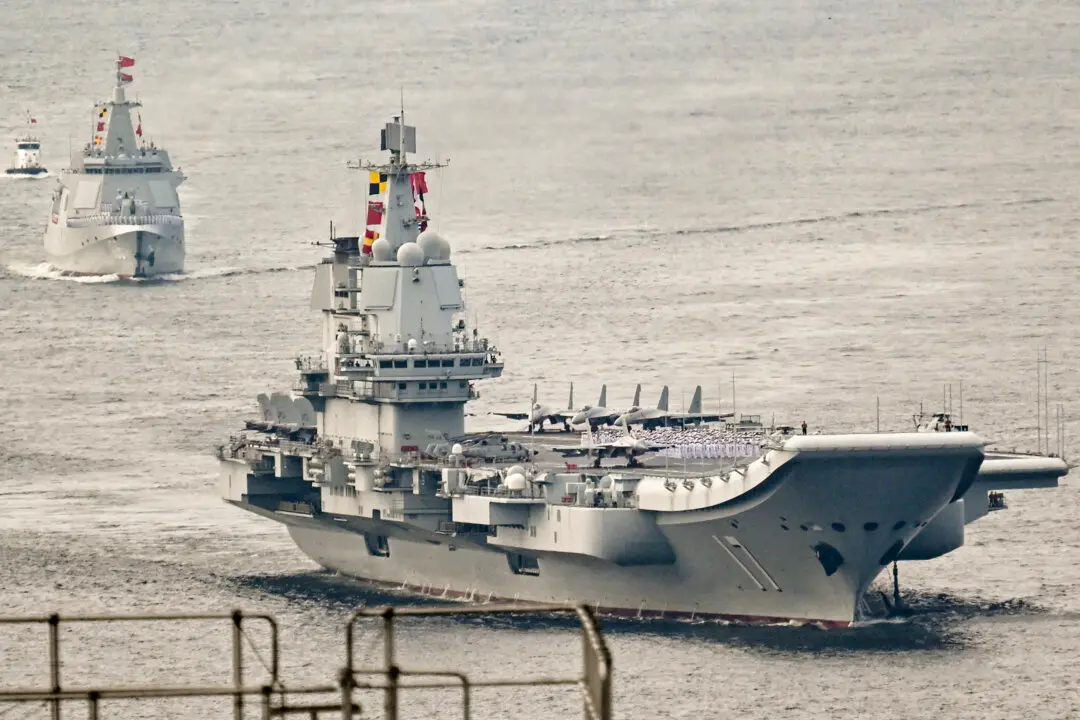WASHINGTON—Leaders of the world’s largest military alliance will arrive in the nation’s capital this week to carve out a strategy for countering a widening suite of crises in Europe, the Middle East, and the Indo-Pacific.
The annual NATO summit in Washington marks the 75th anniversary of the defensive alliance and comes at a time of heightened geopolitical tension throughout the world.
